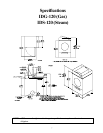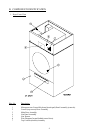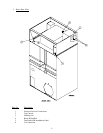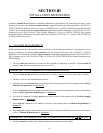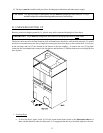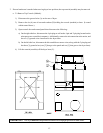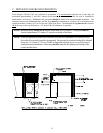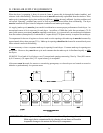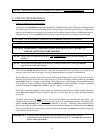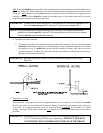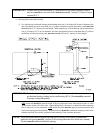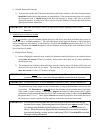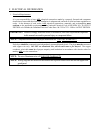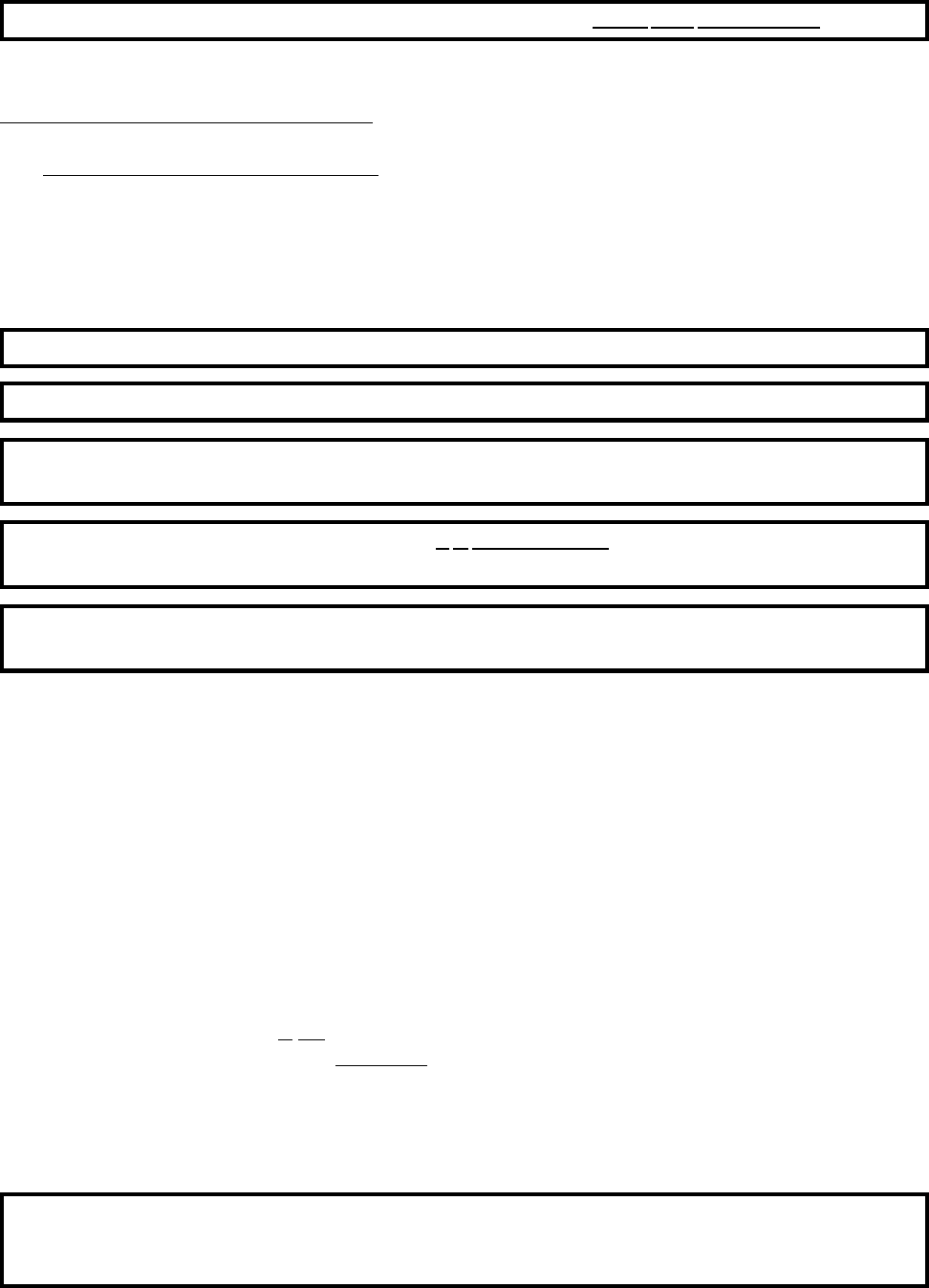
15
NOTE: Component failure due to dry cleaning solvent fumes will VOID THE WARRANTY.
E. EXHAUST REQUIREMENTS
1. General Exhaust Ductwork Information
Exhaust ductwork should be designed and installed by a qualified professional. Improperly sized ductwork
will create excessive back pressure which results in slow drying, increased use of energy, over heating of
the dryer, and shutdown of the burner by the airflow (sail) switches, burner hi-limits, or basket (tumbler) hi-
heat thermostats. The dryer must be installed with a proper exhaust duct connection to the outside.
CAUTION: This dryer produces combustible lint and must be exhausted to the outdoors.
CAUTION: DRYER MUST BE EXHAUSTED TO THE OUTDOORS.
CAUTION: IMPROPERLY SIZED OR INSTALLED EXHAUST DUCTWORK CAN
CREATE A POTENTIAL FIRE HAZARD.
NOTE: When a dryer is exhausted separately, it is recommended that a back draft damper be
installed.
NOTE: When dryers are exhausted into a multiple (common) exhaust line, each dryer must be
supplied with a back draft damper.
The ductwork should be laid out in such a way that the ductwork travels as directly as possible to the
outdoors with as few turns as possible. Single or independent dryer venting is recommended.
When single dryer venting is used, for horizontal ducting the minimum duct size is 16-inches (40.64 cm) in
diameter, the duct run should not have more than one (1) elbow (including outside protection), and must
not exceed 40 feet (12.2 meters) in total length. With single dryer vertical ducting, the minimum duct size
is 18-inches (45.72 cm) in diameter, and the duct run should not have more than three (3) elbows (including
outside protection), and must not exceed 20 feet (6.1 meters) in total length.
In the case of multiple (common) dryer venting, the distance from the last dryer to the outside exhaust duct
outlet must not exceed 20 feet (6.1 meters), and have no more than one (1) elbow (including outside
protection).
The shape of the ductwork is not critical so long as the minimum cross-sectional area is provided. It is
suggested that the use of 90º turns be avoided; use 30º and/or 45º bends/angles instead. The radius of the
elbows should preferably be 1-1/2 times the diameter of the duct. Including basket (tumbler)/dryer
elbow connections or elbows used for outside protection from the weather, the limits noted above must be
observed. If more elbows are used, the cross-sectional area of the ductwork must be increased in proportion
to the number of elbows used.
IMPORTANT: When the ductwork approaches the maximum limits noted in this manual, a
professional heating, venting, and air conditioning (HVAC) firm must be consulted for
proper venting information.



